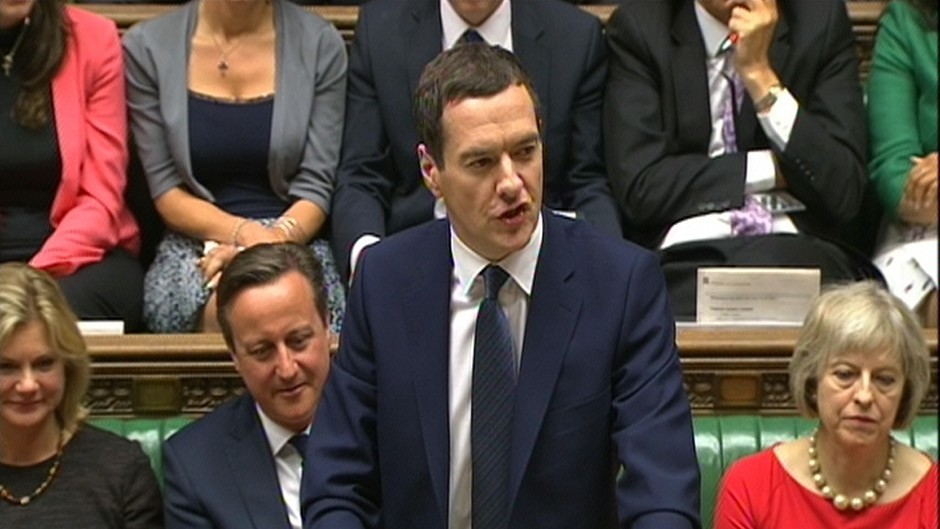Businesses have been warned that the chancellor’s planned wage increases will cancel out benefits gained from the reduction in corporation tax announced in yesterday’s Budget.
But accountants argued that changes to National insurance allowances could help companies pay the new compulsory “living wage”.
In the first all-Conservative Budget since 1996, Chancellor George Osborne promised over-25s at least £7.20 an hour from next year, rising to £9 by 2020.
Scotland’s First Minister Nicola Sturgeon later slapped down Mr Osborne’s claims he was giving the UK a “pay rise”.
The chancellor also vowed to show that Britain is “open for business” with a pledge to cut corporation tax from 20% to 19% in 2017 and 18% by 2020.
In another boost for business, he said the National Insurance employment allowance for small firms would be increased by 50% to £3,000 from 2016.
The Office for Budget Responsibility (OBR) believes the higher wage pledge will cost business 1% of corporate profits and result in 60,000 fewer jobs by 2020, but that nearly one million more will have been created by then.
The Scotland Office said the move would directly benefit 140,000 low wage workers north of the border.
Secretary of State for Scotland David Mundell said the national living wage ensured “work pays, and reduces reliance on the state topping up wages through the benefits system”.
But Ms Sturgeon insisted the move was not tantamount to the introduction of a living wage, which she said was already set at £7.85 everywhere but London.
Business chiefs said the Budget was a “double-edged sword” for enterprise as firms would struggle to match the new living wage requirements.
Andy Willox, Scottish policy convener of the Federation of Small Businesses, said the drive to boost wages must be accompanied by extra help to “make the numbers work” in the sectors where margins were a problem.
Liz Cameron, chief executive of Scottish Chambers of Commerce, said the new “living wage” would come as a “bolt from the blue” for many employers.
She said: “Businesses aspire to the best for their employees and most already pay this rate or more, however for some businesses, and especially smaller businesses in some key sectors such as retail and hospitality, wages of this level do not fit within current commercial models.”
John Cridland, director general of the Confederation of British Industry, said companies would be concerned by “legislating for wage increases they may not be able to deliver”.
He said: “The further reduction in corporation tax is a welcome surprise but tax reductions for employers don’t appear to match the businesses most affected by the wage rise.”
However, accountants said the increase in the National Insurance contributions (NIC) allowance was intended to offset the cost to business.
Martin Bell, Scottish tax partner at BDO, said: “Naturally there will be business winners and losers depending on how many low paid employees a business has and its level of profitability.
“With the NIC employment allowance increasing by £1,000 this will give smaller businesses an NIC saving to cover roughly 2,000 hours.”
Andrew Richardson, who runs TaxAssist Accountants in Elgin, said: “The new compulsory living wage could impact many small businesses but this is offset by an increase in the NIC allowance from £2,000 to £3,000 a year, which is welcome news.”
